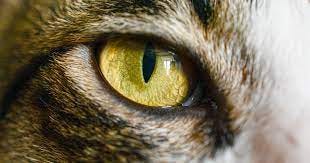
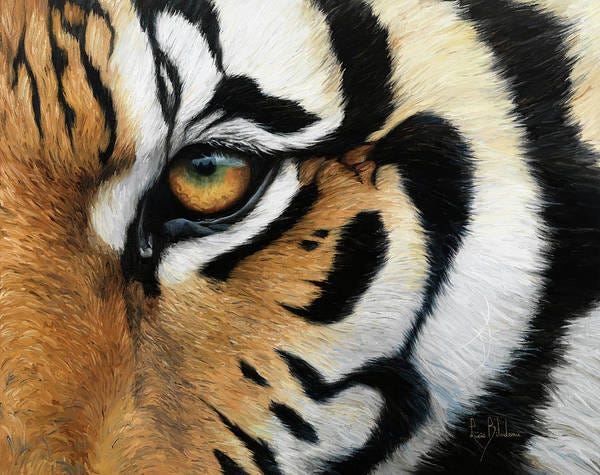
The Tyger – William Blake
Tyger Tyger, burning bright,
In the forests of the night;
What immortal hand or eye,
Could frame thy fearful symmetry?
In what distant deeps or skies.
Burnt the fire of thine eyes?
On what wings dare he aspire?
What the hand, dare seize the fire?
When I was a child, I wanted to marry my cat. Mittens was loving, but also completely in charge. He trained our series of dogs one-by-one, calmly hooking their noses with a claw until high-pitched squeals confirmed their allegiance. He left the house when he wanted and returned as he felt like it, distributing loving cuddles but only on his terms.
Which reminds me of an old joke: if you love a dog and feed it, play with it, and buy it toys it will gaze at you with wonder and think, “These people must be some sort of god!” If you have a cat and feed it, play with it, and buy it toys it will gaze at you and think, “I must be some sort of god…”
Are cats somehow less domesticated than dogs? Are they more closely aligned with their hunting ancestors, since at times they seem barely tolerant of human households? Cats even walk like their larger feline cousins, stalking and padding about like tigers and jaguars.
The eyes are said to be the windows of the soul. But for all the symmetry between domesticated cats and their wild cousins, their eyes are very different. Small cat’s eyes have slits for pupils, vertical ellipses that open sideways. And yet, large cats – lions, tigers, jaguars and pumas – have round pupils, just like us humans.
Why?
If vertical pupils help with hunting, shouldn’t the big cats have them too? What about wolves – they’re big hunters, do they have vertical pupils?
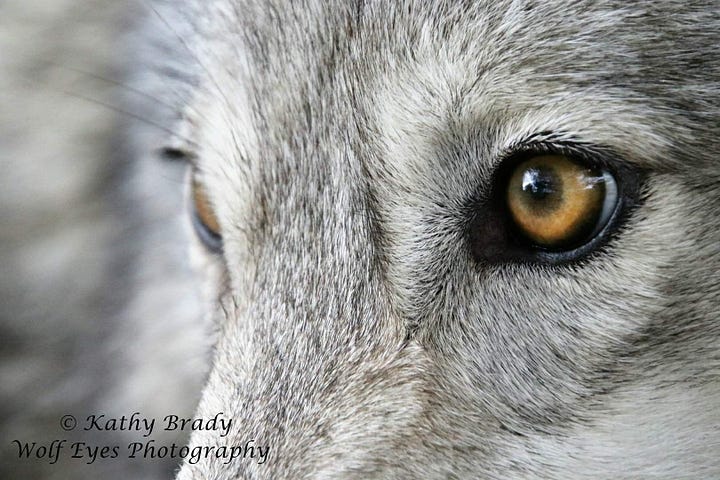
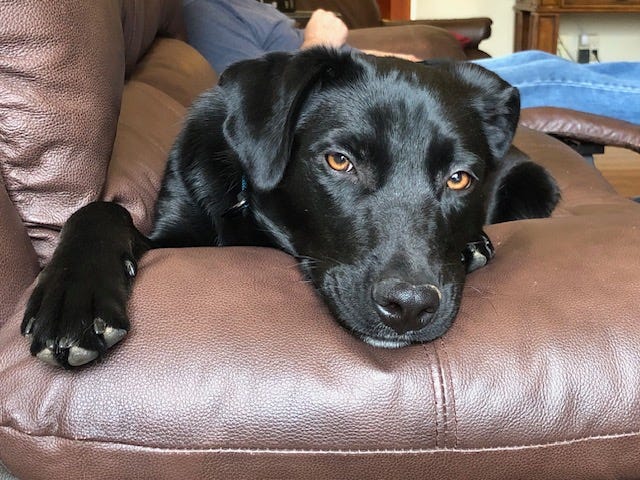
Hmmm… no, both wolves and dogs have round pupils like us. So perhaps it has to do with night vision – maybe vertical pupils help domesticated cats see better at night. If that’s true, then owls (silent hunters of the night) should have vertical pupils too…
Well, it appears we have a mystery on our hands.
Why do cats have vertical pupils?
After some research, I found some fascinating information – including the fact that pupils don’t just come in round or vertical shapes. Some animals have horizontal pupils while others have W-shaped or even crescent pupils.
The graphic above is correct, but incomplete. While the shape of an animal’s pupil is partially due to the time of day it hunts (or is hunted), it is also strongly correlated to their foraging technique. Animals that forage by lying in wait tend to have vertical pupils. These ambushers, such as domestic cats, foxes, crocodiles, and many venomous snakes, pounce on their prey when it’s fairly close. This requires that they have good depth perception, which the tight vertical slits of their pupils provide.
However, predators that hunt down their prey by running from a distance – lions, tigers, wolves and humans – need a wider field of vision as they run in pursuit. They need to be able to follow their prey as it ducks and weaves through the surroundings, not to mention keeping track of their pack-mates as they work together. Round pupils allow for a wider field of vision and a greater depth of field than vertical pupils.
Animals with horizontal pupils tend to be prey animals – horses, cattle, goats, and deer – whose eyes are on the sides of their heads. The horizontal slits allow them a wide field of vision with an almost wraparound effect that lets them watch for potential predators sneaking up from any side.
But there’s a problem with this – imagine you’re a deer with horizontal pupils on the sides of your head, about where your temples are now. Hold your palms horizontal the ground to mimic your pupils (go ahead – no one’s watching you). Now, tilt your head downward as if you’re grazing.
What just happened to your pupils? If you held your palm-pupils in alignment to your head, you will notice they became practically vertical due to the tilt of your head. Your protective horizontal pupils can no longer scan a wide horizon for predators because they’re suddenly vertical! How to solve this?
Nature has adapted to this physics problem by designing grazing animals with pupils that will rotate up to 50 degrees in order to remain horizontal, even when grazing.
Of course, human eyeballs can rotate as well – try tilting your head slightly to the side. Everything still looks normal, right? Now, keep tilting until your head is at 90 degrees – not so normal-looking anymore, is it? Your eyes were able to rotate around 50 degrees, but not the full 90 degrees. This allows us to maintain focus on an object while we’re running and hunting – handy if you’re tracking an antelope to feed your hungry family.
This video has a great explanation of the goat eyeball rotation:
What about those other weird pupil shapes?
Cuttlefish have a W-shaped pupil that opens up to almost round in darkness. Researchers think the W shape helps in situations with “vertically uneven illumination” – meaning: ocean water that’s bright above and dark below. Their oddly shaped retinas allow them to perceive color wavelengths differently and polarize light where humans can’t. Robotics engineers are now studying how to mimic cuttlefish pupils for self-driving cars and drones operating in uneven light.
Crescent-shaped eyeballs show up in sea creatures like stingrays, flatfish, and some catfish and serve a similar purpose as the cuttlefish eye — allowing them the wide view needed to watch for predators while helping correct for light distortion underwater.
It’s amazing to consider all the ways eyes have adapted to the environments of living creatures.
Weird Nature:
This is not a flower… (click to view)




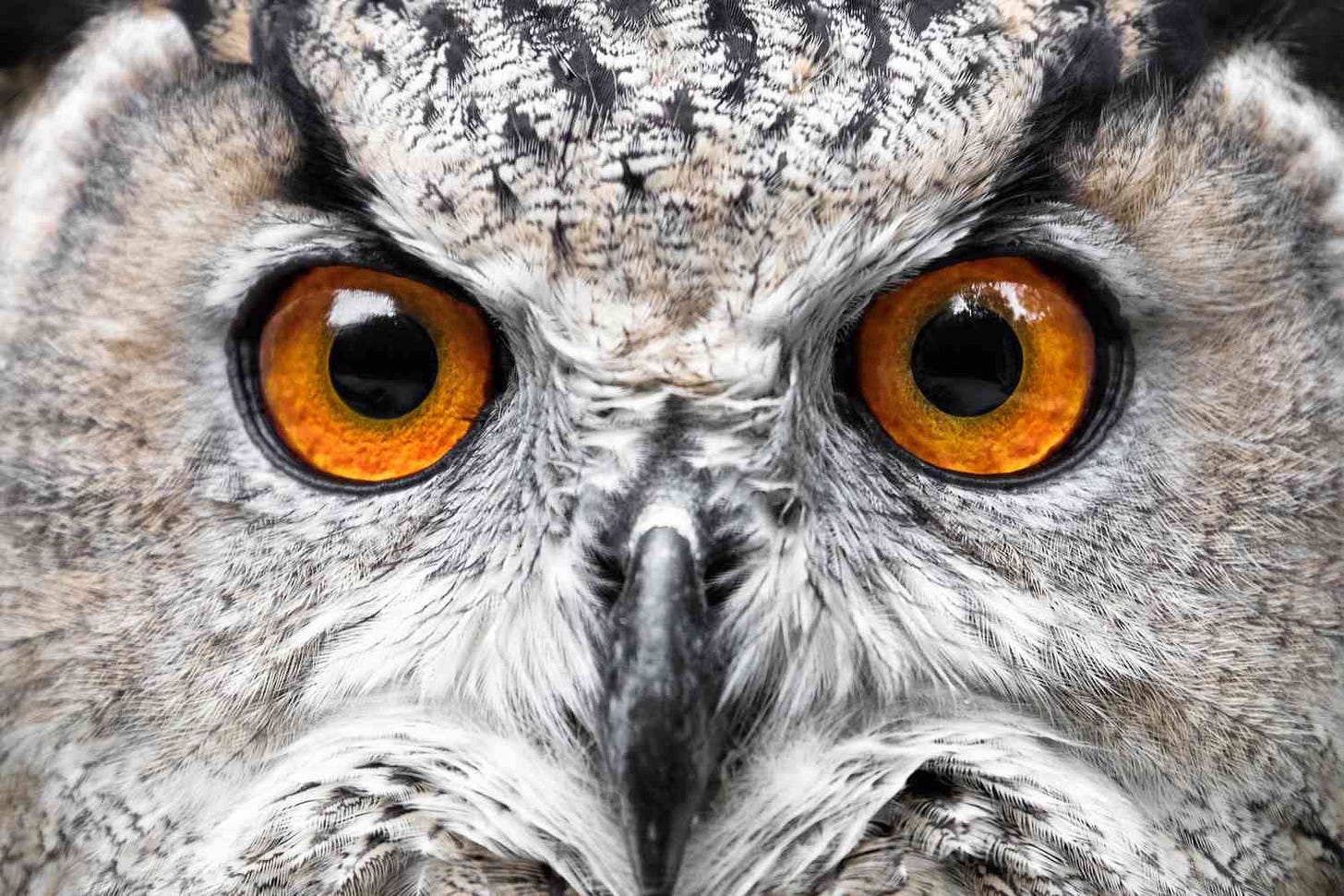






Heather, I cannot remember when or how I found your newsletter. Every time you pop up in my inbox, you absolutely make my day. These little facts are fascinating!
Interesting. Once I thought about it, I “focused “ on the fact that the image is formed by the lens, not the pupil. You could ponder on why there are no square pupils (or are there?). I predict that there is money to be made by opthalmogists who can promise star-shaped pupils. I mean, how hard can it be?